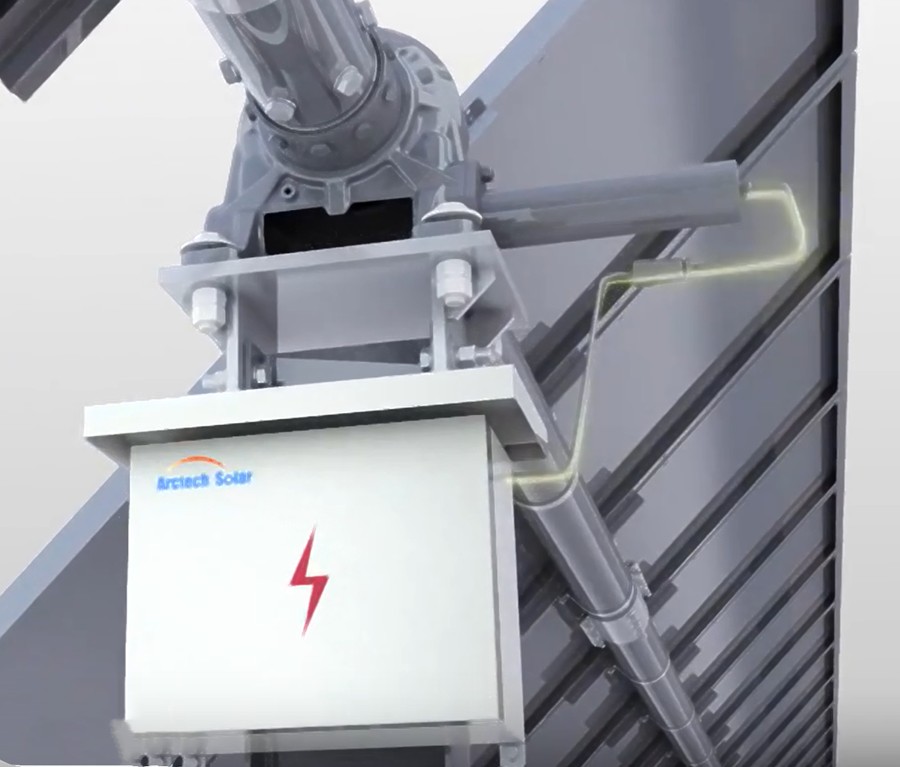NEWS
Solar tracker for photovoltaic tracking bracket
A solar tracker is a device that allows solar panels or other solar collectors to adjust their angles to maximize the capture of solar radiation. One of the key components is the electric motor, or servo motor, which is responsible for precisely controlling the movement of the solar panel so that the panel always faces the sun.

Working principle
The core working principle of a solar tracker is to monitor the position of the sun through a control system and sensors, and use a motor to drive the mechanical structure to rotate, so that the solar panel can dynamically adjust its angle as the real-time position of the sun changes.
The role of motor
In trackers, motors play a vital role. Active solar trackers typically use electric motors or stepper motors to perform precise angle adjustments. The motor receives signals from the control system and drives the solar panel to rotate on one or two axes through transmission mechanisms such as gears, transmission belts or chains according to the position of the sun.
Single axis tracker
In a single-axis tracker, a motor is responsible for turning the solar panel along a fixed axis—which can be horizontal, vertical, or tilted to the ground. This configuration is suitable for use in low latitude areas where the sun's altitude does not change significantly.
Dual axis tracker
Dual-axis trackers have two motors, one for each axis of rotation, providing more comprehensive tracking. Typically, one motor controls east-west (diurnal) tracking and the other motor controls north-south (seasonal) tracking. Dual-axis trackers are particularly effective at high latitudes, where the sun's altitude changes greatly with the seasons.
Advantage
Increased power output: Motorized trackers allow solar panels to capture solar energy at optimal angles, producing more power than fixed installations.
Improve efficiency: The precise control of the motor ensures that the solar panel always absorbs solar energy at the best angle, maximizing conversion efficiency.
Challenge
Increased cost: Introducing a motorized tracker system will increase the initial investment.
Maintenance needs: Motors and moving parts can result in more frequent maintenance and higher long-term maintenance costs.
Reliability issues: Electric trackers can be less reliable than fixed systems with no moving parts, especially in inclement weather.
Overall, the motor is an integral component of a solar tracker, which directly affects the performance and efficiency of the system. As technology continues to advance, more and more solar farms will use trackers to maximize the utilization of solar energy.
NEXT:Already the last page
Get in Touch
*We respect your confidentiality and all information are protected.

